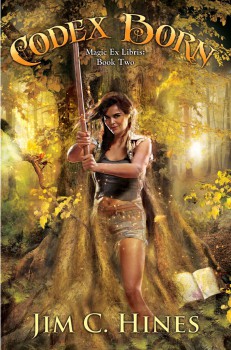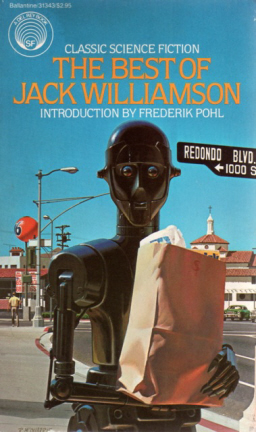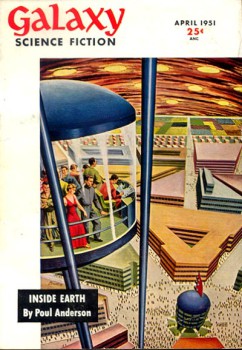GenCon Writer’s Symposium 2013
 A few short weeks ago, I was in Indianapolis for GenCon, which is almost certainly the pre-eminent gaming convention in North America and probably the world. It’s obviously the place to be if you love table-top gaming, but if you enjoy board games or related interests, it’s also a fine stopping point. What you may not know is that tucked away in one corner of the convention is an exceptional resource for writers.
A few short weeks ago, I was in Indianapolis for GenCon, which is almost certainly the pre-eminent gaming convention in North America and probably the world. It’s obviously the place to be if you love table-top gaming, but if you enjoy board games or related interests, it’s also a fine stopping point. What you may not know is that tucked away in one corner of the convention is an exceptional resource for writers.
Let’s face it: there’s so much interesting gaming stuff going on — chances to try out various new games, or to visit with friends from far lands — that you might not think the Symposium is worth your time. But you can take in as much of it, or as little of it, as you desire. Panels start as early as 8:00, which is two hours before the doors to the Great Exhbition Hall open. And these aren’t just dull panels where those behind the podium wander in and ask “now what was this panel about again?” You’ll find pros and semi-pros who are willing to discuss the subject with care and at length.
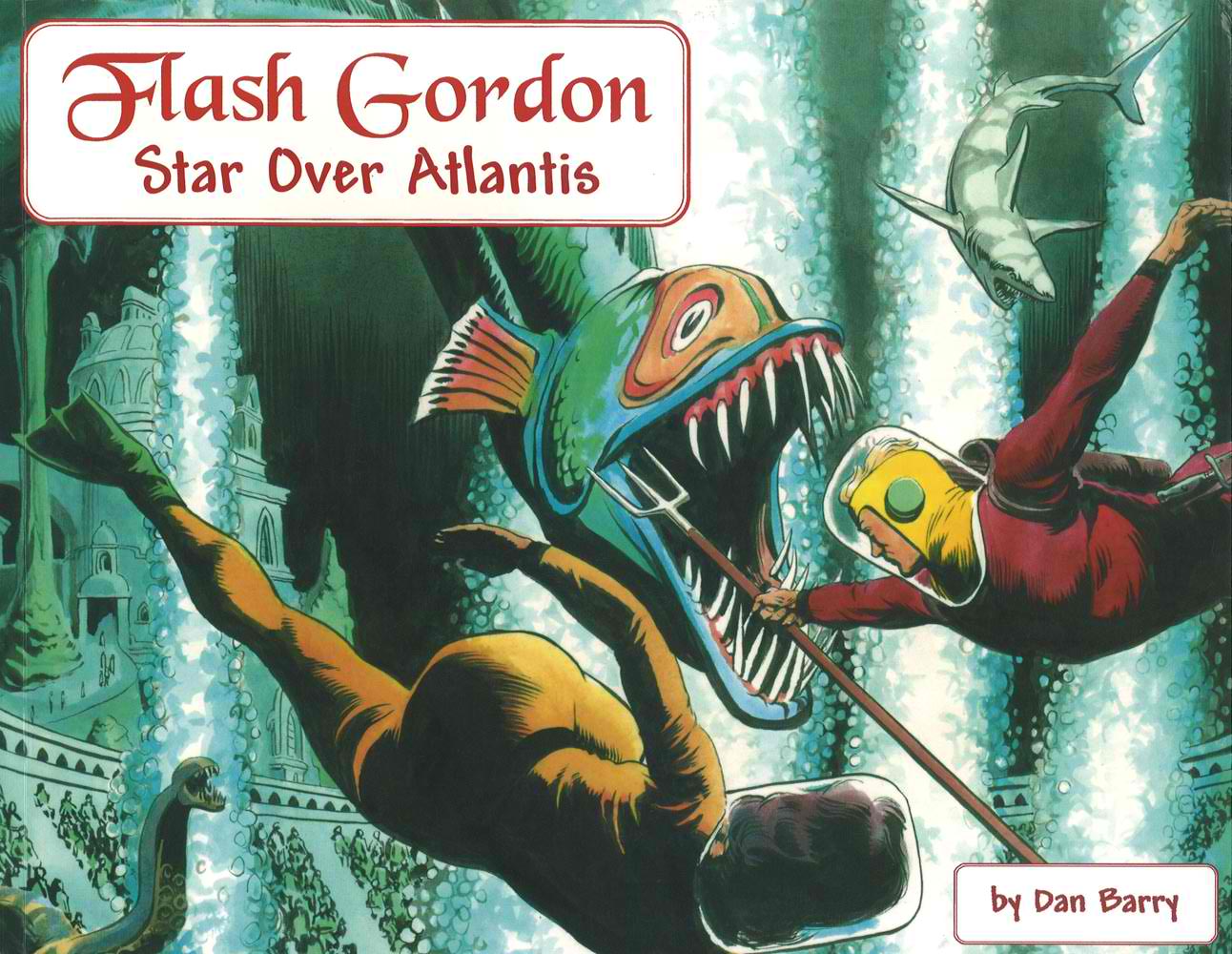
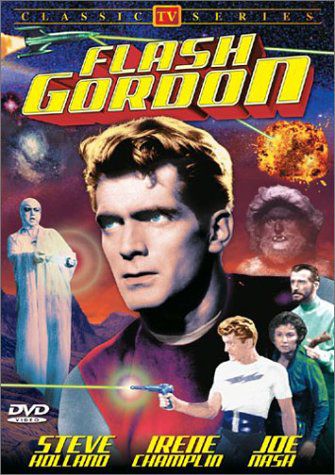
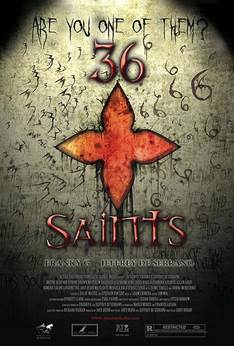
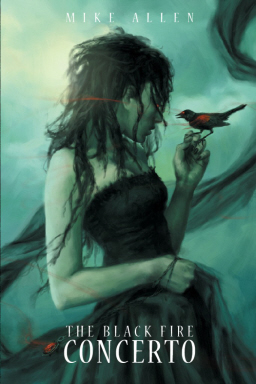
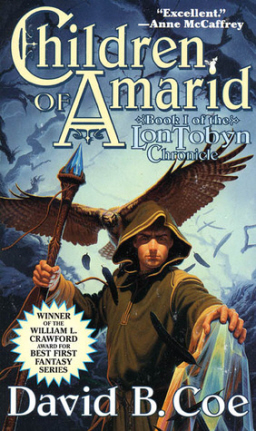
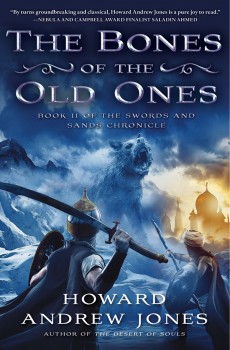 A bit of a shake-up at the top of the fiction charts this month, as our exclusive excerpt from Howard Andrew Jones’ second Dabir and Asim novel, The Bones of the Old Ones, reclaimed the top spot from Martha Wells’ Nebula nominee The Death of the Necromancer. Coming up close behind were Joe Bonadonna’s perennially popular sword & sorcery tale “The Moonstones of Sor Lunarum,” and E.E. Knight’s thrilling Blue Pilgrim story, “The Terror in the Vale.”
A bit of a shake-up at the top of the fiction charts this month, as our exclusive excerpt from Howard Andrew Jones’ second Dabir and Asim novel, The Bones of the Old Ones, reclaimed the top spot from Martha Wells’ Nebula nominee The Death of the Necromancer. Coming up close behind were Joe Bonadonna’s perennially popular sword & sorcery tale “The Moonstones of Sor Lunarum,” and E.E. Knight’s thrilling Blue Pilgrim story, “The Terror in the Vale.”